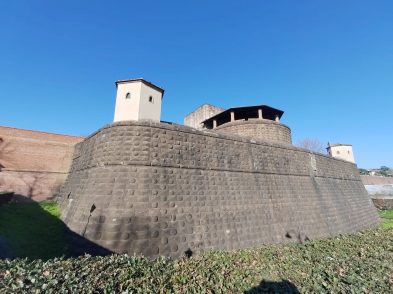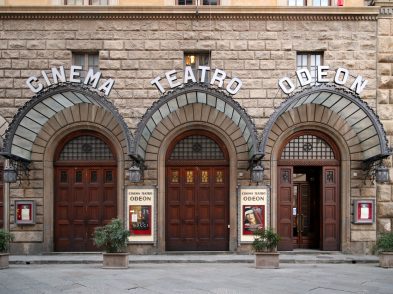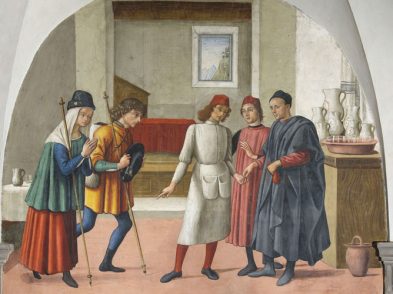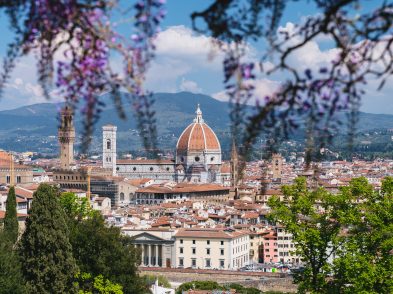Summer 2022 brought exciting discoveries in Pompeii, the largest working archaeological site in the world, attracting millions of tourists every year. About 24 kilometers south of Naples, this Ancient Roman city was destroyed when the Mount Vesuvius volcano erupted on August 24, 79 AD. A 100-kilometer-an-hour tsunami of cinders and gas descended on the city at a temperature of over 750 degrees Fahrenheit, engulfing unsuspecting citizens. As the German journalist C.W. Ceram said when speaking of the fate of Pompeii in his book Gods, Graves and Scholars: The Story of Archaeology, “It is hard to visualize a more expedient way of preserving a whole city for the benefit of posterity, of catching it fairly in the midst of its everyday activity, than sealing it beneath a great blanket of ash.”
The significance of the latest excavations is that, for the first time, they have exposed the life of the city’s middle classes rather than the exquisitely decorated villas of the rich, as in earlier digs. Described by the recently appointed archaeological park director, Gabriel Zuchtriegel, as a family home belonging to “a vulnerable class during political crises and food shortages, but also ambitious about climbing the social ladder”, the four newly revealed rooms are filled with domestic objects like dishes, decorative bowls and glass bottles, furniture including beds, trunks and three-legged tables, as well as a storeroom, which seems to have doubled as accommodation for a slave family.
The history of the excavations at Pompeii, as we know them today, began in 1748 during the reign of Charles III of Spain. After the rediscovery of Herculaneum in 1738, the Bourbon king wished to enrich his cultural patrimony and appointed engineer Roque Joaquín de Alcubierre to do the job. Failing to find little of what was then considered valuable, excavation ceased and only began again in 1754, following the discovery of several villas in the area, leading Charles III to establish the Accademia Ercolanese in 1759.
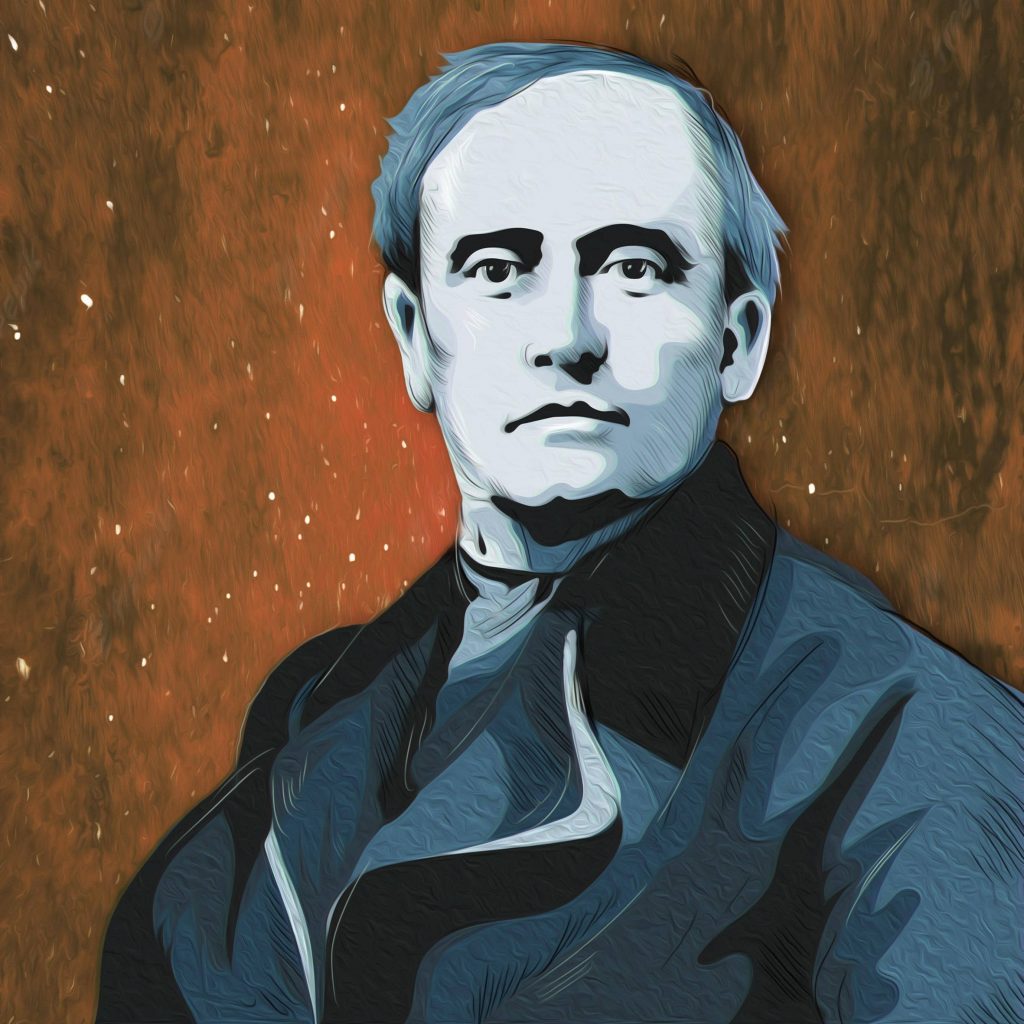
In particular, two women, wives of powerful men, with a passion for archaeology, a society fashion at the time, gave renewed impetus to the discoveries at Pompeii. The first was the Austrian Maria Carolina, the wife of Ferdinand I of the Two Sicilies, who between 1759 and 1799 ordered part of the city to be dug up without reburying it afterwards, nor permitting the villas’ frescoes to be removed and sent to the Royal Museums of Portici or Naples. The short spell of Napoleon Bonaparte’s elder brother, Joseph, as King of Naples from 1806 to 1808 led to greater surveillance of the site to stop unauthorized plundering and resulted in further discoveries near Porta Ercolano. After Joseph’s departure for Spain, Joachim Murat was made King of Naples and reigned between 1808 and 1815. His queen, Carolina Bonaparte, took over the excavations and had drawings of parts of the once-buried city published throughout Europe, turning it into a favorite place to visit on the Grand Tour.
However, it was not until after the unification of Italy that excavation in Pompeii became systematic, with the site being divided into insulae and nine regiones, and the introduction of a stratified method of digging from the top of the buildings and not from their side walls, as had been the norm previously. This was thanks to the Neapolitan archaeologist, university professor, numismatist and senator, Giuseppe Fiorelli. Born in Naples on June 8, 1823, he also invented a method to make plaster casts of people and animals in their death throes as well as plants and everyday objects. As early as 1860, Fiorelli had been appointed to direct the excavations, succeeding Alexandre Dumas, who had been put in charge of Naples’ antiquities for a few months after Garibaldi took the city. In 1869, he hosted the King of Italy, Vittorio Emanuele II, on his official visit to Pompeii. Fiorelli penned ground-breaking works including Relazione sugli scavi di Pompei dal 1861 al 1872 (1873) and Descrizione di Pompei (1875), in addition to the monthly Notizie degli scavi di antichità in 1876, published by the Accademia dei Lincei, of which he became a member in 1875. Fearing the lack of practical training of upcoming generations of Italian archaeologists compared to their German counterparts, he was also responsible for establishing the Royal School of Archaeology at Pompeii in 1866, which eventually became the Italian School of Archaeology of Rome and Athens. In 1875, he left Pompeii for Rome, where he was called upon as director of the newly founded Department of Antiquities and Fine Art.
Broken-hearted after the death of his only son and almost blind, Fiorelli died, aged 73, in Naples on January 29, 1896. In his honor, the city organized a solemn funeral service.
Tangible evidence remains of the Roman presence in and around Florence. Legend has it that Julius Caesar himself founded the colony named Florentia as a military camp in 59 BCE. One of the best-preserved sites still in use today is the Roman Theatre in Fiesole. For more information, see www.museidifiesole.it/en.


